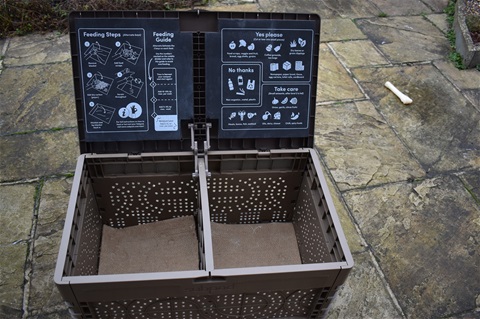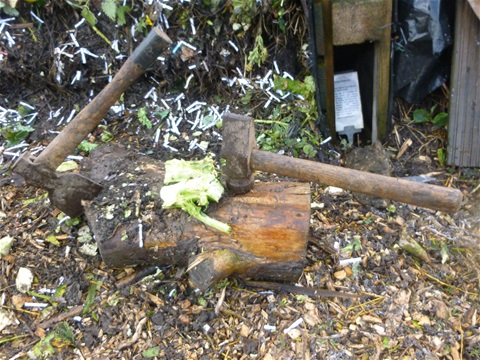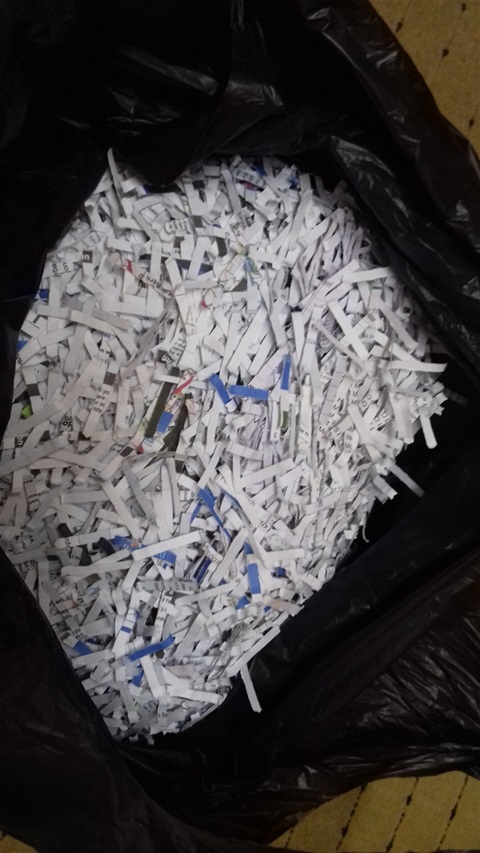Extension for Wooden bins: Let your bin grow with you
I use pallet bins for most of the communal composting on our Demonstration site but must admit that they are not necessarily the most attractive garden feature. However, there are commercially available wooded bins that give the garden a smarter professional appearance such as the Forest Garden ( https://www.forestgarden.co.uk/product/slot-down-compost-bin/ ) large capacity slot-down bins, giving easy access to the contents . When buying wooden compost bins, I would recommend choosing those where the wood has been pressure treated, so that they should last for at least 15 years, and that can be extended so that they expand into a two or three bin system.
Bins of this type are ideal for hot compost systems where the bin can be layered when it is first filled and then turned weekly for a month. It may seem a lot of work, but it is quite rewarding particularly if the temperature is monitored. Of course, if only one bin is used the material can still be layered even if it takes a while to fill the bin.


